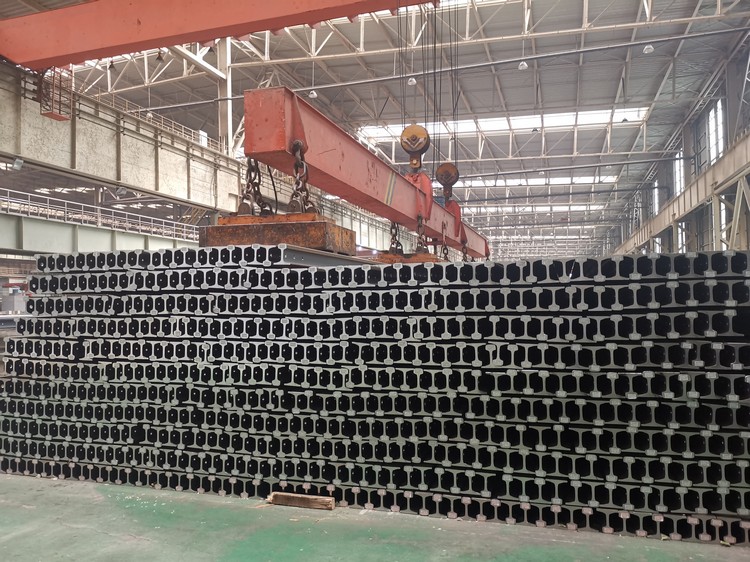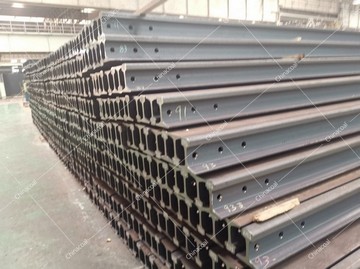
The formation of steel rail contact fatigue damage can be roughly divided into three stages: the first stage is the change of the shape of the rail tread, such as unevenness of the rail tread, saddle wear at the weld, these unevenness will increase the impact of the wheel on the steel rail.
The second stage is the destruction of the metal on the surface of the steel rail head. Due to the cold work hardening of the metal of the steel rail head tread, the hardness of the steel rail head working surface continues to increase. When the total mass is 150~200Mt, the hardness can reach HB360; after that, the hardened layer No change will occur. For carbon steel rail, when the total mass is 200~250Mt, micro-cracks are formed on the surface of the steel rail head. For a line with uneven elasticity, when the wheels and steel rail are obviously uneven, the tensile pressure on the top surface of the steel rail is almost equal. If there are micro-patterns, and the flexural stress and residual stress are the same, the strength of the steel rail will be greatly reduced.
The third stage is the formation of steel rail head contact fatigue. Due to insufficient metal contact fatigue strength and the repeated action of heavy-duty wheels, when the maximum shear stress action point exceeds the shear yield limit, this point will become a plastic region, and the wheel will Through the slip that will inevitably produce the metal microstructure, over a period of operation, this slip will accumulate and aggregate, eventually leading to the formation of fatigue cracks. The initiation and development of contact fatigue cracks will be accelerated with the increase of axle load, the transportation conditions of large volume, and the incompatibility of steel rail material and steel rail type.

